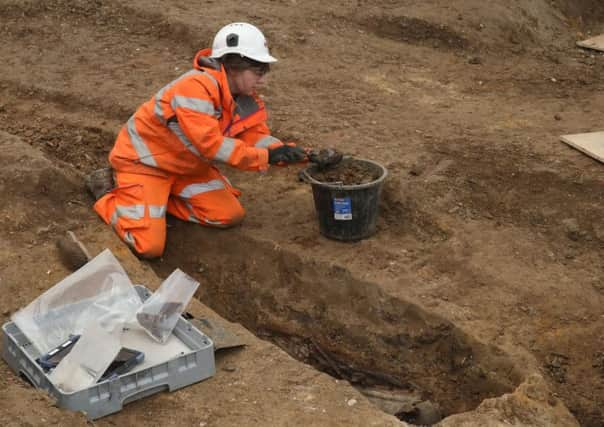Campaign launched to bring re-discovered remains of celebrated explorer Captain Matthew Flinders to birthplace near Boston


It was announced on Friday that archaeologists working on the HS2 project in London had discovered the lost remains of the Donington-born Royal Navy explorer.
Captain Flinders, born in 1774, is a celebrated figure in Australia, having led the first circumnavigation of the country.


He is also credited with popularising the country’s name.
Advertisement
Hide AdAdvertisement
Hide AdIt was thought his remains had been lost, but the team were able to identify them through a named lead depositum plate (or breastplate) placed on top of his coffin.
It was in October when archaeologists began excavating the area where Captain Flinders was believed to have been buried.
The site – St James’s Gardens, a former burial ground next to Euston station in London – is required for the new HS2 terminus station and archaeologists and related specialists are currently preparing the site for construction.
Their work will see the remains of 40,000 people being exhumed for re-interment elsewhere.
Advertisement
Hide AdAdvertisement
Hide AdIn the case of Captain Flinders, campaigners are calling for that new home to be his first home, Donington.
It states “We call on HS2 Ltd to return Captain Flinders’ remains to his birthplace in Donington. This would be a fitting location and help to boost understanding of local history.”
A petition on change.org has, at the time, of writing 155 backers to its name.
Find the petition at https://www.change.org/p/hs2-ltd-return-the-remains-of-explorer-captain-matthew-flinders-to-lincolnshire
A descendent of Captain Flinders has previously given their backing to Westminster Abbey as a potential re-burial site, followed by Donington.
Read about the discover of his remains here.